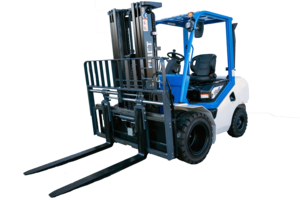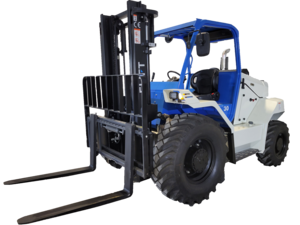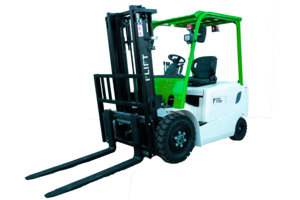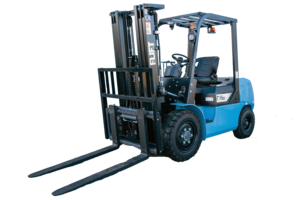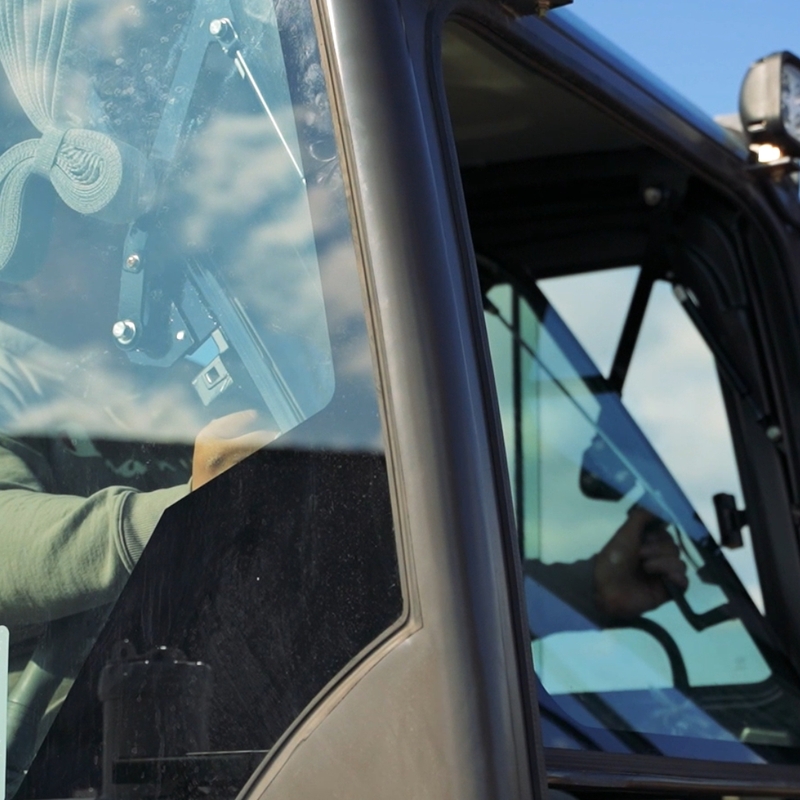Staying Warm in the Winter Months
Posted Date: 1/05/24
Share on Social Media
Hard work doesn’t stop in the winter. Here are a few tips to help you get your job done comfortably and safely, even when conditions are less than favorable at the job site.
1. Layers
Multiple lighter layers are better than one thick layer. Each layer serves a different purpose and should include:
1. Layers
Multiple lighter layers are better than one thick layer. Each layer serves a different purpose and should include:
- Base Layer: A moisture-wicking stretch material. This allows movement and keeps you dry.
- Insulation Layer(s): A material such as fleece or wool that will trap body heat. If wearing multiple insulation layers, the first should be lighter and closer fitting, such as a sweatshirt or a flannel. The second should be heavier and loose-fitting, like a jacket.
- Shell Layer: Should be a waterproof and windproof jacket.
- Socks need to be layered too: The first layer should be moisture wicking. The second layer should be made of a an insulation material such as wool.
2. Keep your Head Covered
Utilize anything from an insulated face mask, neck covering, or a hat. Bonus point is they’re utilized together.
3. Keep your Hands Warm too!
Similar to socks, you'll want gloves that are both moisture wicking and insulated.
4. Wear the Right Shoes
In the colder months, consider composite toe boots over steel toes. Composite boots don’t conduct cold which in turn will keep your feet warmer. Bonus points for slip-resistant boots. Consider going up a size in order to provide enough space for extra layers.
5. Always have a Spare Change of Clothes
6. Eat and stay Hyrdated
Shivering burns extra calories. Which can in turn make you hungrier and dehydrate you. Pack extra snacks and avoid caffeine which can dehydrate you. If temperatures are freezing, keep water in a thermos.


